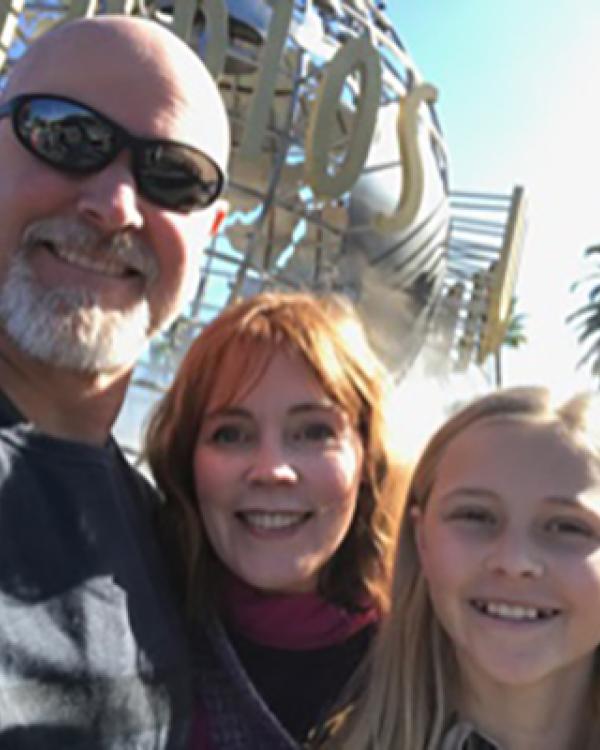
John Galisky is a second-year doctoral student in the Department of Education working with Drs. Julie Bianchini and Danielle Harlow. For 25 years he taught at Lompoc High School next to Vandenberg AFB. In 2000, he established the Space, Technology and Robotic Systems (STaRS) Academy, an engineering program that integrates core academics in Math, Science, and Language Arts with elective courses in Drafting, Engineering Design, Electronics, Robotics, and Manufacturing. Galisky was a member of the State Superintendent’s STEM Task Force which culminated in the publication of “Innovate: A Blueprint for STEM Education” and he helped rewrite the California Science Framework to include Next Generation Science Standards (NGSS). In 2017, he was awarded an Albert Einstein Distinguished Educator Fellowship in Washington, DC. His research focuses on the integration of science with literacy and language development, especially in the elementary grades.
GGSE: How have you been spending time during the campus shutdown?
Galisky: Mostly, my grad student activities have not been very different during the shutdown: I’m still taking classes, still meeting with research groups, and still reading…always reading. It does look and feel different, though, when I say goodbye to my family in the morning and simply close a door between us. As a family we take a lot more walks and play a lot more games. My wife and I have also introduced our daughter to classic movies and some of the great TV shows that we grew up on, like The Brady Bunch and Wonder Woman.
GGSE: You've worked in the educational system for 25 years, founded STEM organizations, and received awards for your work. How have all those experiences affected your perspective as a doctoral student?
Galisky: I think my experience has taught me that I need to be flexible and patient (with myself). I have found that often, just when I start to feel confident with a new curriculum, a new instructional tool, a new administration, or something else changes, and that confidence is gone: the curriculum no longer applies, the instructional tool no longer works, or a new administrator needs to be educated. One of my favorite leadership books, Who Moved My Cheese?, shows that change can be accepted, and it can also be embraced. Taking my experience into the doctoral program, I confidently embrace my ignorance, and I patiently work to become more knowledgeable.
GGSE: What research are you conducting and how does it mesh with your other projects?
Galisky: I’m currently working with several research groups. Two are looking at how pre-service science teachers implement Next Generation Science Standards: one group focuses on engineering activities, and the other focuses on language supports. Another project is developing curriculum that prepares students for fieldtrip activities at The Wolf Museum of Exploration + Innovation (MOXI). The most recent project is looking at how engineering instructors at the university level utilize a specific instructional tool focused on conceptual development. Each of these groups touches on my own research on language development through conversation around science and engineering activities. I’m especially glad to be working on these projects right now since I can’t get in classrooms to watch kids talking while they do science.
GGSE: If you had a time machine, when would you go?
Galisky: I think I would want to go to Philadelphia in the 1770s-1780s. I enjoy historical fiction and I’ve always been fascinated by stories of Benjamin Franklin (I played him in first grade during a Bicentennial celebration). I finally visited Philadelphia a few years ago, and I got to walk through Independence Hall and see Franklin’s home. It really made me wish I could have been there while he was helping Jefferson write the Declaration of Independence and while they were arguing over the Constitution.